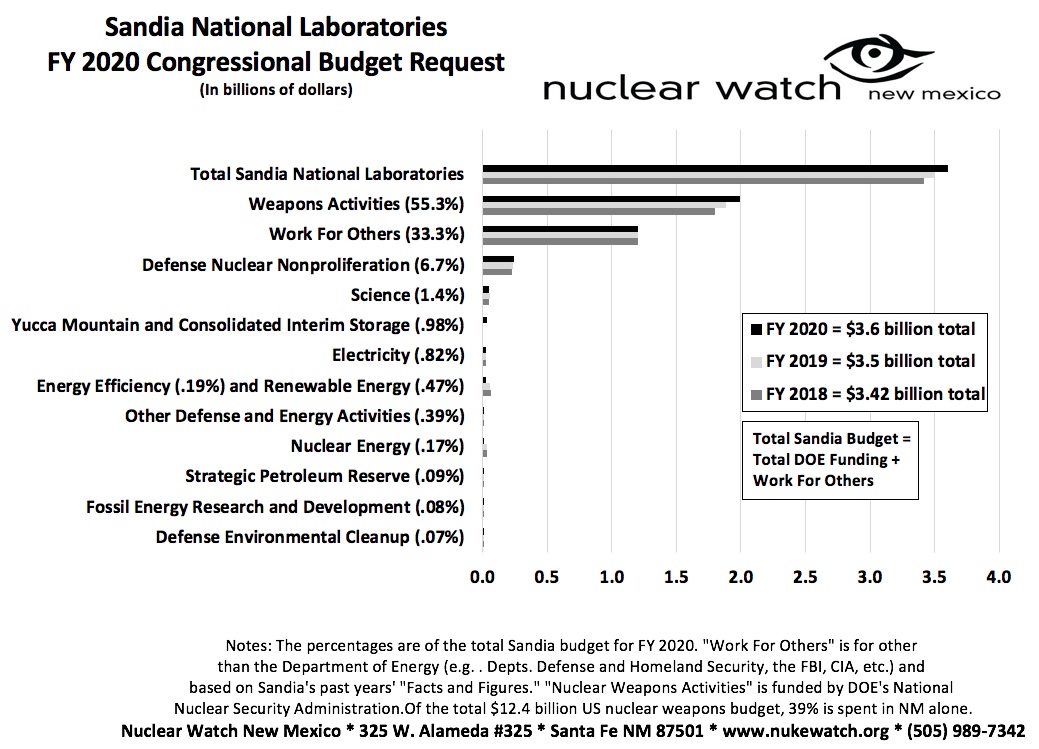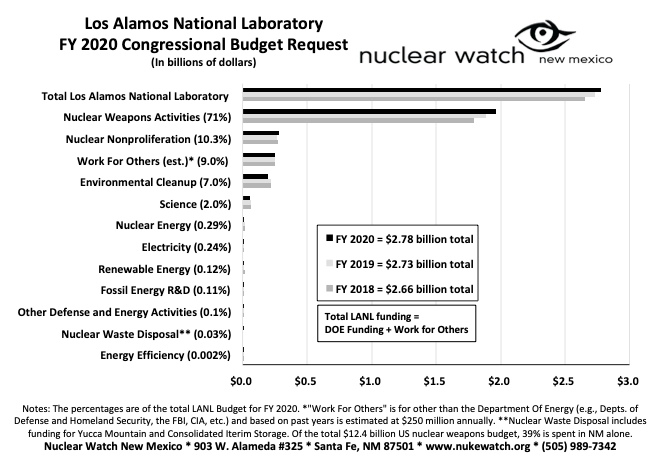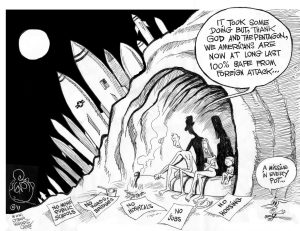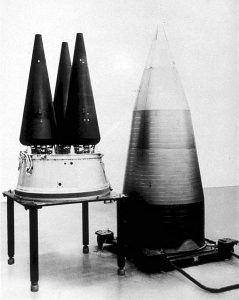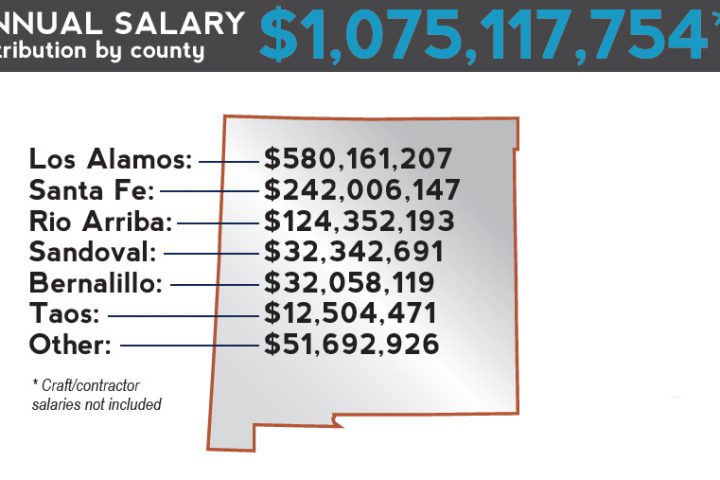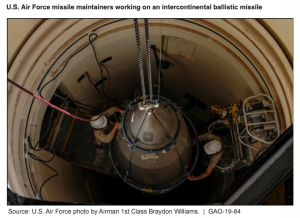Public Interest Organizations File Lawsuit Against New Nuclear Bomb Plant
July 20, 2017
Contact: Jay Coghlan, NWNM, 505.989.7342, c. 505.470.3154, jay[at]nukewatch.org
Washington, DC – Today, the Oak Ridge Environmental Peace Alliance (OREPA), Nuclear Watch New Mexico, and the Natural Resources Defense Council filed a federal lawsuit to stop construction of the problem-plagued Uranium Processing Facility (UPF) until legally required environmental review is completed. The UPF, located at the National Nuclear Security Administration’s (NNSA’s) Y-12 production plant near Oak Ridge, TN, is slated to produce new thermonuclear weapons components until the year 2080. The UPF is the tip of the spear for the U.S.’s planned one trillion dollar-plus make over of its nuclear weapons arsenal, delivery systems, and production plants.
“The story of this new bomb plant is a long tale of outrageous waste and mismanagement, false starts and re-dos, a federal agency that refuses to meet its legal obligation to engage the public, and a Senator that is bent on protecting this piece of prime nuclear pork for his home state,” said Ralph Hutchison, coordinator of OREPA. “But the short version is this: when the NNSA made dramatic changes to the UPF, and admitted that it intends to continue to operate dangerous, already contaminated facilities for another twenty or thirty years, they ran afoul of the National Environmental Policy Act. Our complaint demands that the NNSA complete a supplemental environmental impact statement on the latest iteration of its flawed plans.”
The NNSA first issued a formal “Record of Decision” to build the UPF in 2011. Within a year, the agency had to admit it had made a half-billion dollar mistake because the designed footprint of the bomb plant was not big enough to hold all of the required equipment and safety features. The American taxpayer had to eat that half billion dollars, as the NNSA held no contractor responsible for it. The agency’s parent organization, the Department of Energy, has been on the Government Accountability Office’s High Risk List for project mismanagement and chronic cost overruns for 26 consecutive years.
More recently, the House FY 2018 Energy and Water Development Appropriations report noted that the NNSA had to reprogram $403 million out of the UPF’s $1.4 billion contingency fund to address “unforeseen issues” before ground is even broken. Both the NNSA and Sen. Lamar Alexander (R.-TN, chair of Senate Energy and Water Development Appropriations Subcommittee) have repeatedly claimed that UPF construction will not exceed $6.5 billion. That declared budget cap seems increasingly uncertain, which could have serious negative political consequences for the troubled facility.
The UPF started with an original estimated price tag of between $600 million to $1 billion in 2006. In December 2013 an independent cost assessment by the Department of Defense pegged the UPF at more than $19 billion, which stopped the project dead in its tracks and compelled NNSA to develop a new approach. The agency commissioned a “Red Team” to perform a quick, secret study, whose recommendation was eventually adopted. In July 2016, the NNSA published an Amended Record of Decision in the Federal Register describing its new plan.
“It was a dramatic change,” commented Jay Coghlan, Executive Director of Nuclear Watch New Mexico. “Instead of consolidating all enriched uranium operations into one big, new UPF, NNSA decided to build multiple smaller but integrated buildings, only one of which would be designed to modern seismic standards. More importantly, the agency declared it would continue to indefinitely use deteriorating, already contaminated facilities for dangerous highly enriched uranium operations, while admitting that the buildings can not meet current environmental and seismic standards.”
The National Environmental Policy Act requires a federal agency to revisit any environmental analysis when its plan undergoes significant changes that might impact the environment, or when new information comes to light. It also requires public involvement throughout the process. “NEPA’s fundamental purposes are to ensure that agencies take a hard look at consequences before taking action and to ensure that the public has a voice in agency decisions,” said William Lawton, an attorney working on the case at Meyer Glitzenstein & Eubanks, LLP. “Here, the NNSA has chosen to save money by continuing to rely on outdated, deteriorating buildings that run a very real risk of collapsing and releasing nuclear contamination in the event of an earthquake. The agency is putting the public at risk, and the public has a right to make sure that the government has taken the legally required hard look at those serious risks.”
“Since 2011, despite our repeated efforts to get information, including filing Freedom of Information Act requests, visiting DOE offices, asking officials for information and writing hundreds of letters, we have been shut out of the process completely,” noted OREPA’s Hutchison. “When we saw the final document, admitting that they were going to continue to use dangerous risky facilities without bringing them up to code, we realized why the NNSA was so determined not to make its plan public.”
Coghlan noted that the NNSA faced a similar scenario several years ago at the Los Alamos National Laboratory in New Mexico when plans for a huge new plutonium pit fabrication facility were substantially changed. “We told NNSA they had to complete more public review, and the agency wisely decided to prepare a supplemental environmental impact statement,” he said. “The proposed changes to the UPF are even more dramatic, and we are invoking that precedent to demand that NNSA follow the law.”
# # #
The complaint is available at https://nukewatch.org/importantdocs/resources/UPFcomplaint.pdf
The Oak Ridge Environmental and Peace Alliance, Nuclear Watch New Mexico and the Natural Resources Defense Council have engaged the well-respected public interest law firm Meyer Glitzenstein and Eubanks, LLP, located in Washington, DC, to represent them in the litigation.
The Oak Ridge Environmental Peace Alliance is an 1,800 member grassroots public interest group that has focused on nuclear weapons and environmental issues at the Department of Energy’s Oak Ridge Nuclear Reservation since 1988.
Nuclear Watch New Mexico had been watchdogging Department of Energy nuclear weapons facilities in New Mexico and across the NNSA’s nuclear weapons complex since 1999.
The Natural Resources Defense Council combines the power of more than two million members and online activists with the expertise of some 500 scientists, lawyers, and policy advocates across the globe to ensure the rights of all people to the air, the water, and the wild.
UPF at Y-12 proposes to house enriched uranium operations for thermonuclear warhead secondaries. Courtesy NNSA.
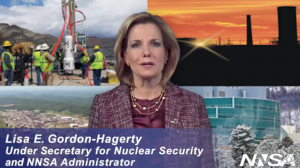 In her September 17, 2020 testimony before before the Senate Armed Services Committee, Lisa E. Gordon-Hagerty, Administrator of the National Nuclear Security Administration, restated the ongoing company line that more money must be spent on the US nuclear weapons stockpile, or the whole enterprise might fall over.
In her September 17, 2020 testimony before before the Senate Armed Services Committee, Lisa E. Gordon-Hagerty, Administrator of the National Nuclear Security Administration, restated the ongoing company line that more money must be spent on the US nuclear weapons stockpile, or the whole enterprise might fall over.

